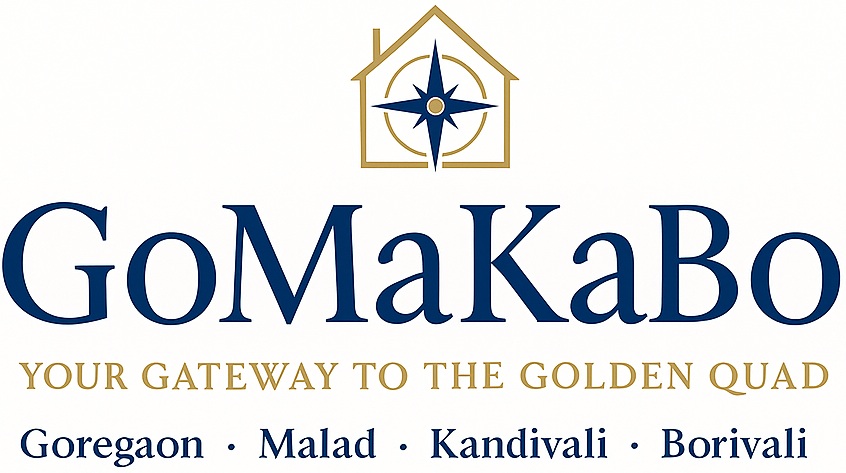GoMaKaBo Premium Score — How it works
The Premium Score (PS) is GoMaKaBo’s proprietary 0–10 score that quantifies the true urban luxury of every project. It combines five pillars — Location, Developer, Design, Pricing and Lifestyle — each with a clear weight and sub-parameters that reflect real buyer priorities.
A. Location & Surroundings
- Micro-pocket prestige (25%)
- Desirability of the immediate precinct and address value.
- Access convenience (metro/roads) (20%)
- Ease of approach via major roads, nearby metro stations and commutes.
- Urban ambience & view corridors (15%)
- Quality of skyline, greenery and absence of visual clutter.
- Neighbouring developer ecosystem (20%)
- Quality of adjacent developments and brands nearby.
- Proximity to key conveniences (20%)
- Top schools, hospitals, parks and emergency services within easy reach.
B. Developer & Brand Credibility
- Delivery track record (35%)
- Past completion history, timelines and delivery reliability.
- Design & construction partners (20%)
- Quality of architects, PMCs and contractors involved.
- Financial stability / funding (20%)
- Funding security, lender backing and balance-sheet strength.
- Brand equity in luxury segment (15%)
- How the developer is perceived among HNI buyers.
- Post-handover service record (10%)
- Track record of maintenance, society operations and buyer care.
C. Product Design & Build Quality
- Architecture & façade design (18%)
- Signature look, elevation quality and skyline identity.
- Layout intelligence & space efficiency (18%)
- Carpet efficiency, privacy, cross-ventilation and practical layouts.
- View orientation & privacy (12%)
- Openness of outlook and reduced overlooking.
- Parking design & visitor access (12%)
- Basement/mechanical parking, visitor bays and EV readiness.
- Specification & finishes quality (18%)
- Branded fixtures, flooring, kitchen and bath specifications.
- Construction technology & floor height (12%)
- RCC/Mivan method, floor-to-floor height and robustness.
- Fire & life safety systems (10%)
- Sprinklers, refuge areas, fire lifts and compliance standards.
D. Pricing & Value
- Price-to-prestige ratio (45%)
- Is the price justified by location, brand and product quality?
- Brand premium justification (25%)
- Is the developer charging a premium and is it backed by tangible advantages?
- Appreciation potential (20%)
- Future upside based on infra, demand and micro-location trends.
- Payment plan attractiveness (10%)
- Flexibility and buyer-friendly milestone structures.
E. Lifestyle & Community Experience
- Amenities curation & execution (35%)
- Range and true execution quality of lifestyle amenities.
- Community profile & exclusivity (20%)
- Projected resident demographic and exclusivity of the complex.
- Accessibility & universal design (elderly) (15%)
- Design features for elderly and differently-abled residents.
- Support facilities (creche/driver lounge) (15%)
- Practical support infrastructure for staff and families.
- Pet-friendliness & pet zones (15%)
- Policies and design inclusions for pet owners.
How the final GPS is calculated: each sub-parameter is scored 0–10 → combined into a category composite using the sub-parameter weights → each category composite is weighted by the category weight (20 / 22 / 28 / 13 / 17) → final sum scaled to 0–10.
Computing the GoMaKaBo Prime Score (GPS)
Each sub-parameter is graded 0–10.
The composite for that pillar is calculated as:
Composite_Design = Sum for i=1 to 7 of ( Score_i × RelWeight_i )
This still yields a 0–10 result.
Project GoMaKaBo Prime Score (GPS) Formula
For every project j:
PQ_j = [ Sum for k=1 to 5 of ( Composite_{j,k} × (CategoryWeight_k ÷ 100) ) ] × 10
(where k = A through E)
Because each composite is on a 0–10 scale, multiplying by (weight ÷ 100) gives a 0–1 contribution per pillar. Multiplying the grand sum by 10 converts it to a 0–10 PS scale.
